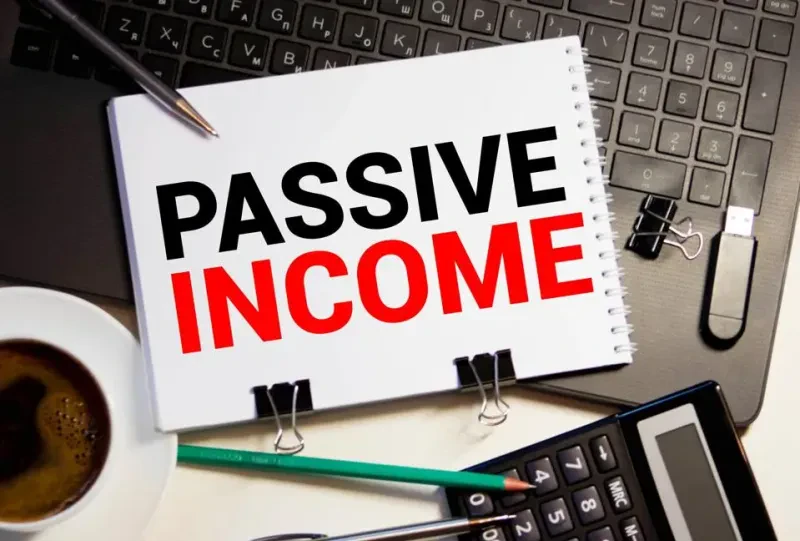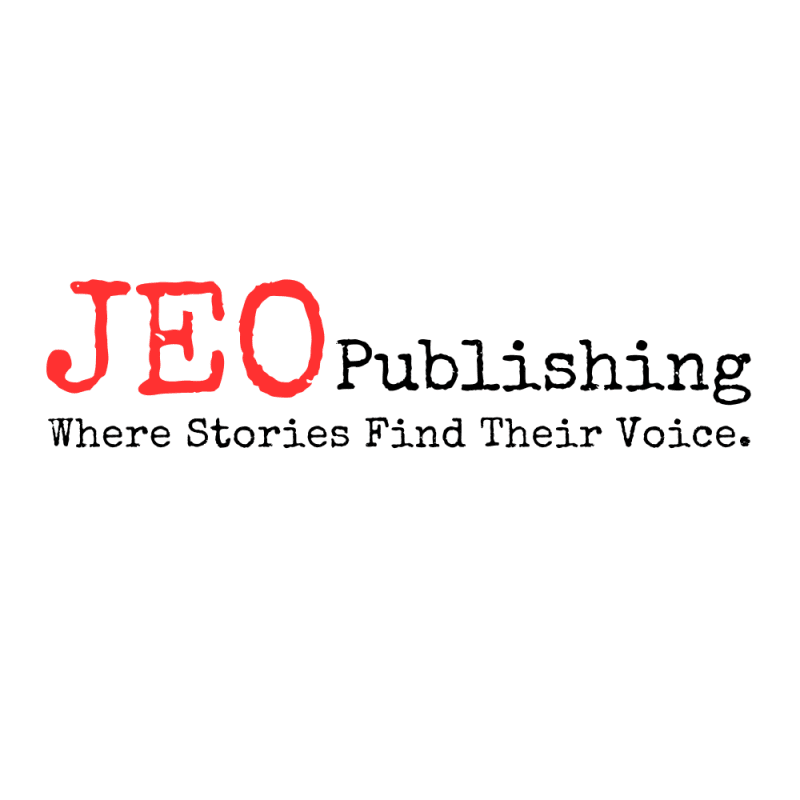Jumping into self-publishing can feel overwhelming, but it doesn’t have to be! Whether you’re an experienced writer or just starting, understanding how to self-publish a book is your first step toward sharing your story with the world. The beauty of independent publishing is that it gives you total control over your work, from the cover design to the marketing strategy.
First, it’s essential to know what type of format you want for your book. Do you see it as an e-book, a paperback, or even an audiobook? Each format has its pros and cons, so think about your target readers and how they likely want to consume your work. This decision plays a big role in your self-publishing journey.
Next, make sure your manuscript is polished. Consider hiring a professional editor or using beta readers to get feedback. This step is crucial because a well-edited book stands out, especially when you’re comparing self-publishing vs traditional publishing. You want your book to shine, and that starts with the content!
Once your manuscript is ready, it’s time to dive into the publishing platforms available. Many authors choose Amazon Kindle Direct Publishing for e-books since it’s user-friendly and widely reached. However, don’t overlook other platforms that might cater better to your niche. A thorough self-publishing guide can help you navigate these options and choose what fits your needs best.
Finally, marketing your book is where many first-time authors feel lost. Begin by building your online presence through social media and author websites. Engage with your audience, share snippets of your work, and gather reviews. This strategy not only boosts visibility but also helps create a loyal reader base eager for your next release!
$13.81
4.26 out of 5 starsEmpowering Financial Freedom for Canadian Women
Take control of your finances and build the life you deserve with insights and strategies tailored for women in Canada
Product information
Product Review Score
Product links
Choosing the Right Platform for You
Choosing the right platform is crucial in your self-publishing journey. There are several options available, and each offers unique features that can cater to your specific needs. Whether you’re asking yourself, “How to self-publish a book?” or weighing self-publishing vs traditional publishing, having the right platform can make all the difference.
Amazon Kindle Direct Publishing (KDP) is a popular choice among independent authors. It’s user-friendly, has a vast audience, and provides excellent distribution opportunities. You can publish both eBooks and paperbacks, making it a versatile option. Plus, with KDP’s royalty structure, you could potentially earn more per sale compared to traditional publishing routes.
Another strong contender is IngramSpark. This platform is great if you’re looking to reach bookstores and libraries. It has a wider distribution network, but keep in mind that there may be some upfront costs. If you’re keen on giving your book the best shot in a competitive market, it’s worth considering this option as part of your self-publishing guide.
If you’re looking for more creative control, platforms like Lulu and Blurb might be right for you. They offer various customization options and allow you to create unique formats, like photo books or art books. These platforms are a great way to showcase your work visually, especially if your book involves illustrations or photography.
Lastly, don’t forget about the importance of marketing your book on whichever platform you choose. Understanding the differences in self-publishing vs traditional publishing can help you position your book effectively. Ask yourself: What audience do you want to reach? How hands-on do you want to be in the publishing process? The right platform should align with your goals and give you the freedom to express your unique voice as an author.
Designing Your Book Cover Easily
When it comes to self-publishing, one of the most fun yet daunting tasks is designing your book cover. Your cover is the first thing readers will see, and it needs to grab their attention. But don't worry! Creating a stunning cover is easier than you might think.
First off, consider what genre your book falls into. Each genre has its own style and vibe. A cozy mystery might need whimsical elements, while a sci-fi novel might go for a sleek, futuristic design. Take a look at books similar to yours to get some inspiration. Think about colors, fonts, and images that align with your story.
Next, you’ll want to choose the right tools for the job. There are several user-friendly design platforms out there, like Canva or Adobe Spark, that have templates specifically for book covers. You don’t have to be a pro graphic designer to make something that stands out! These tools offer drag-and-drop features that simplify the process.
Don’t forget about the important details like the book title and your name. Make sure the text is readable, even in thumbnail size. Play around with font styles and placements, but keep it simple. A clean, uncluttered look often works best and sends a professional message.
Finally, get feedback before you finalize your cover. Share it with friends or fellow authors from your self-publishing guide. They can offer valuable insights that can help you tweak your design for the best impact. Remember, a great cover can make a huge difference in how well your book performs in the world of independent publishing. Happy designing!
Promoting Your Book Like a Pro
Once you've finished writing your book, the next step is getting it into the hands of readers—this is where promoting your book comes into play! If you’re new to self-publishing, don’t worry; it’s easier than you might think. A solid promotion strategy can make a huge difference and can even help your book stand out in the crowded market.
Start by building your online presence. Social media is a fantastic tool to connect with potential readers. Create profiles on platforms like Instagram, Twitter, or Facebook and share updates about your book. Consider running a countdown to your release date or sharing behind-the-scenes glimpses—people love a sneak peek! Additionally, engaging with readers through Facebook groups or online book clubs can create buzz around your work.
Another great tactic is to start a blog or a newsletter. This way, you can share tips and insights on your writing journey, along with information about your book. Readers appreciate honesty and vulnerability, which helps you connect with them on a personal level. Your followers will feel involved in the process and will be more likely to support your launch when it comes time to hit the publish button!
Don’t forget to reach out for reviews. Reviews play a crucial role in the success of independent publishing. Consider sending free copies of your book to bloggers or bookstagrammers who focus on your genre. They can help spread the word and provide valuable feedback. Plus, positive reviews can really sway potential buyers when deciding to purchase your work, especially in the conversation of self-publishing vs traditional publishing.
Finally, remember that promoting your book is an ongoing effort. Keep the momentum going even after your launch. Host virtual events, participate in podcasts, or do a book signing. The more visible you are, the better your chances of success will be. Use this self-publishing guide to steer your promotional efforts, and don’t hesitate to experiment with different ideas until you find what works best for you.




